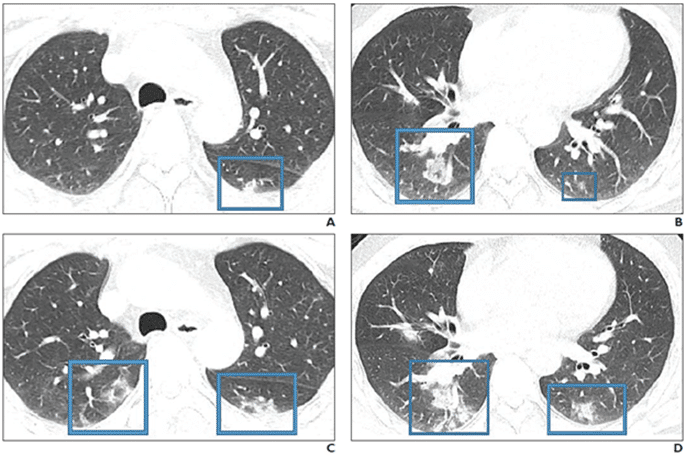
13 Mar COVID-19 Likely to Involve Both lungs on Initial Chest Imaging
MedicalResearch.com Interview with:

Dr. Kooraki
Soheil Kooraki MSR MS, MD
on behalf of Dr. Ali Gholamrezanezhad MD and co-authors
Department of Radiological Sciences,
David Geffen School of Medicine, University of California at Los Angeles
Los Angeles, California
MedicalResearch.com: What is the background for this study? What are the main findings?
Response: COVID19 is a novel strain of the coronavirus family causing pneumonia. Two similar strains were discovered in 2003 and 2012 to cause the so-called SARS and MERS outbreaks, respectively. Radiologists need to be prepared for the escalating incidence of COVID-19. We reviewed the literature to extract the epidemiologic and imaging features of SARS and MERS in comparison with known imaging features of COVID-19 pneumonia to have a better understanding of the imaging features of the COVID19 pneumonia in acute and post-recovery stages.
MedicalResearch.com: What should readers take away from your report?
Response: There are several important points.
- First the initial CT scan could be normal in up to 15% of COVID19 positive patients.
- Second, bilateral subpleural and peripheral air space opacities is the predominant imaging feature of the disease.
- Third, experiences from SARS and MERS show that older patients with extensive consolidation had poorer prognosis. Finally, many patients with SARS and MERS had transient reticular changes and air trapping with some progressing to lung fibrosis. Therefore, we strongly recommend acquiring follow-up imaging after recovery from COVID19 pneumonia.
MedicalResearch.com: What recommendations do you have for future research as a result of this work?
Response: As reports have shown non-specific imaging features and in addition, imaging could be normal in a large number of patients, the future researches can focus on the correlation of the clinical and imaging findings. Studying the patterns of chronic lung changes in chest CT scan of those who have recovered from the pulmonary syndrome is also recommended.

A and B, Initial CT images obtained show small round areas of mixed ground-glass opacity and consolidation (rectangles) at level of aortic arch (A) and ventricles (B) in right and left lower lobe posterior zones.
C and D, Follow-up CT images obtained 2 days later show progression of abnormalities (rectangles) at level of aortic arch (C) and ventricles (D), which now involve right upper and right and left lower lobe posterior zones.
MedicalResearch.com: Is there anything else you would like to add?
Response: The healthcare imaging facilities need to be prepared for the COVID-19 pandemic. The specific precautions and safety measures can help in managing the impact of the outbreak on the imaging facilities and the radiology personnel. We have summarized the specific recommendations in a paper published at JACR (https://www.jacr.org/article/S1546-1440(20)30150-2/fulltext) , which I encourage all the radiologists and radiology personnel to read.
Citation:
Hosseiny M, Kooraki S, Gholamrezanezhad A, Reddy S, Myers L. Radiology Perspective of Coronavirus Disease 2019 (COVID-19): Lessons From Severe Acute Respiratory Syndrome and Middle East Respiratory Syndrome [published online ahead of print, 2020 Feb 28]. AJR Am J Roentgenol. 2020;1–5. doi:10.2214/AJR.20.22969
[wysija_form id=”3″]
[last-modified]
The information on MedicalResearch.com is provided for educational purposes only, and is in no way intended to diagnose, cure, or treat any medical or other condition. Always seek the advice of your physician or other qualified health and ask your doctor any questions you may have regarding a medical condition. In addition to all other limitations and disclaimers in this agreement, service provider and its third party providers disclaim any liability or loss in connection with the content provided on this website.
Last Updated on March 13, 2020 by Marie Benz MD FAAD

